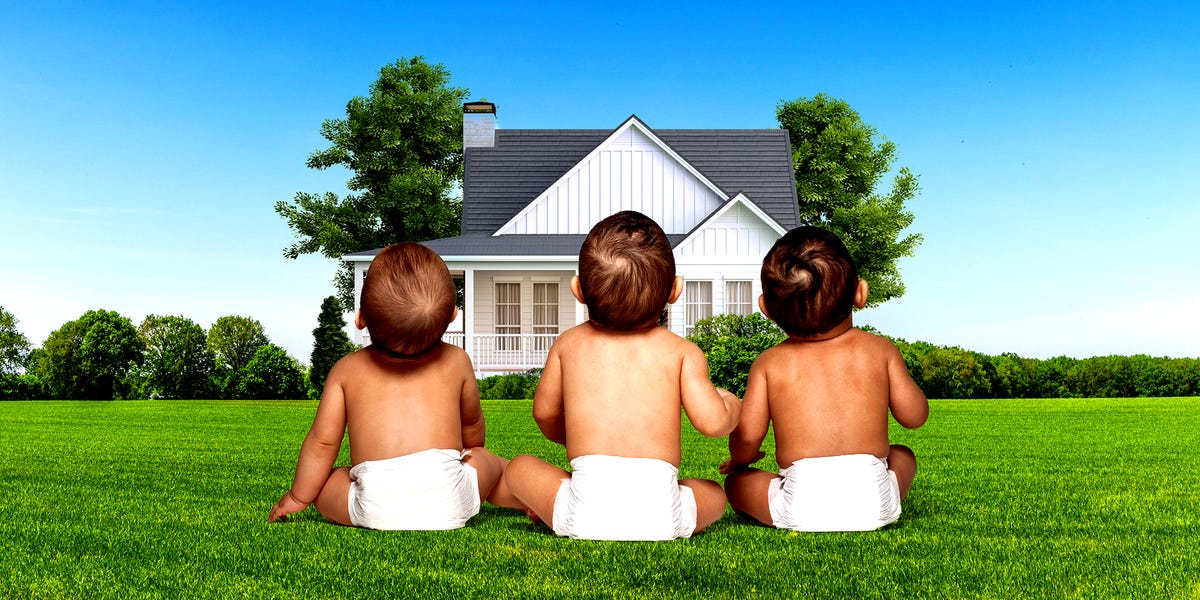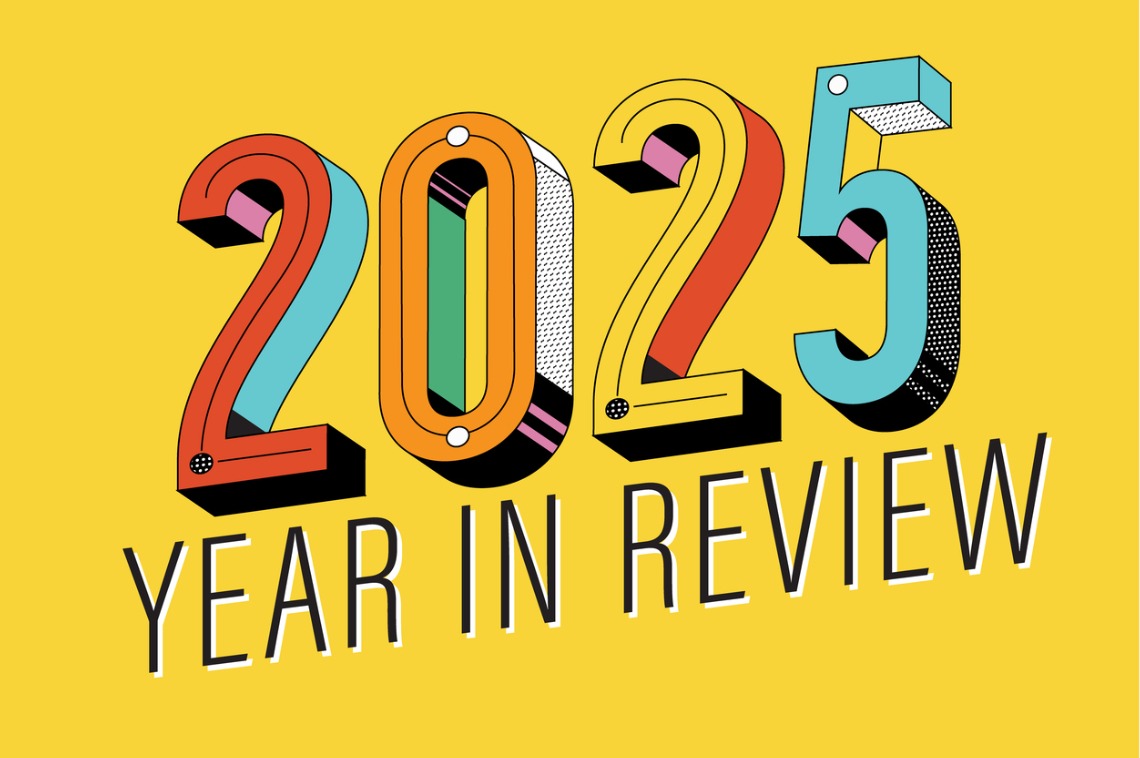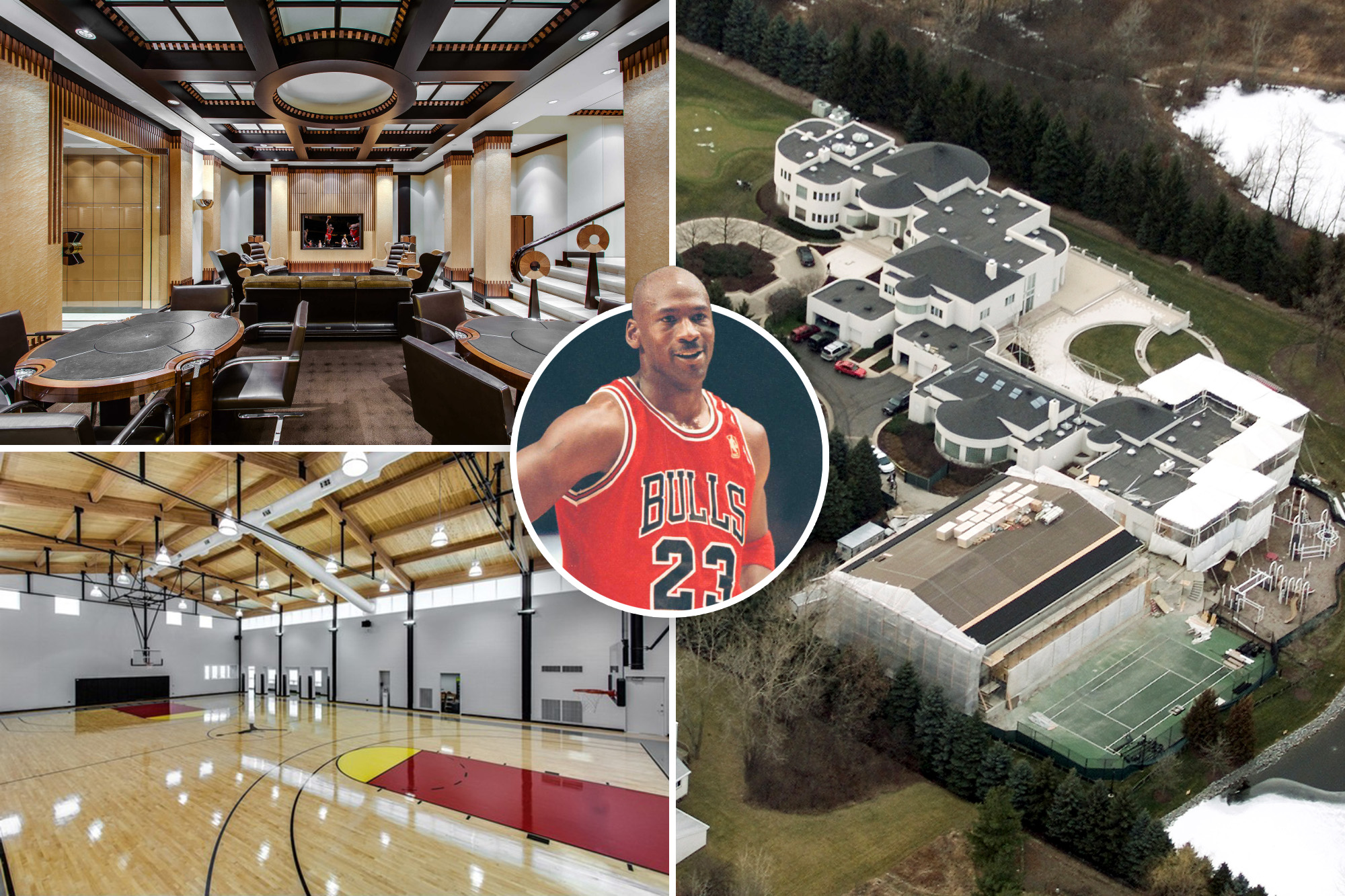A
mericans are hesitant to have more children due to the high cost of living, particularly housing costs. Ayanna Gay and her husband, Nakhaz, were in their 30s before deciding to start a family, partly because they couldn't afford a mortgage. They eventually bought a home in Orlando, Florida, but their housing costs are now straining their budget.
The rising cost of childcare is another significant concern for prospective parents. A record number of Americans struggle to afford rent or mortgages, and restrictive building regulations have made starter homes scarce. Birth rates have fallen most in areas with the fastest-rising housing costs.
There's a long-standing relationship between housing costs and birth rates in America. Areas with cheap housing tend to have higher birthrates, while those with stricter land-use laws that prevent denser, cheaper housing from being built are correlated with lower fertility rates.
A recent report by the Institute for Family Studies found that housing costs were the single biggest factor preventing Americans from having as many kids as they want. The typical first-time homebuyer in 2024 was 38 years old, a record high, and 60% of Gen Z worry they might never own a home.
The country's declining birth rate isn't all bad news; fewer teens are becoming parents, and American women are getting more education and delaying or not having kids. However, it's also a symptom of darker trends: American women aren't having as many kids as they say they want, young people are having less sex, and those with lower incomes are getting married or living with partners at lower rates.
Paige Connell, a mother of four and parenting influencer, hears from mothers who feel burned out working and caring for their kids, and worry that having another would overwhelm them. She also hears from childless people who don't know how they could afford childcare or a bigger home. Affordability is the biggest concern she hears from parents and people considering having kids.
President Donald Trump and Vice President JD Vance have talked openly about their concerns with the falling birth rate, proposing pro-natalist policies such as expanding federal cash benefits for parents and opening up federal land for housing construction. However, some researchers argue that these measures wouldn't be enough to address the issue.
Catherine, a 43-year-old physician in the San Francisco Bay Area, makes about $500,000 a year combined with her husband but worries that expanding their family would deplete their financial safety net and make their fixed costs unaffordable. They love living in Carmel but can't afford to move due to the high cost of housing and the need for Catherine's job.
Developers aren't incentivized to build affordable family-sized housing, especially in expensive cities, because they tend to build more profitable types of homes: detached single-family houses or large apartment buildings. Affordable housing designed for families is increasingly relegated to far-flung exurbs and rural areas.














